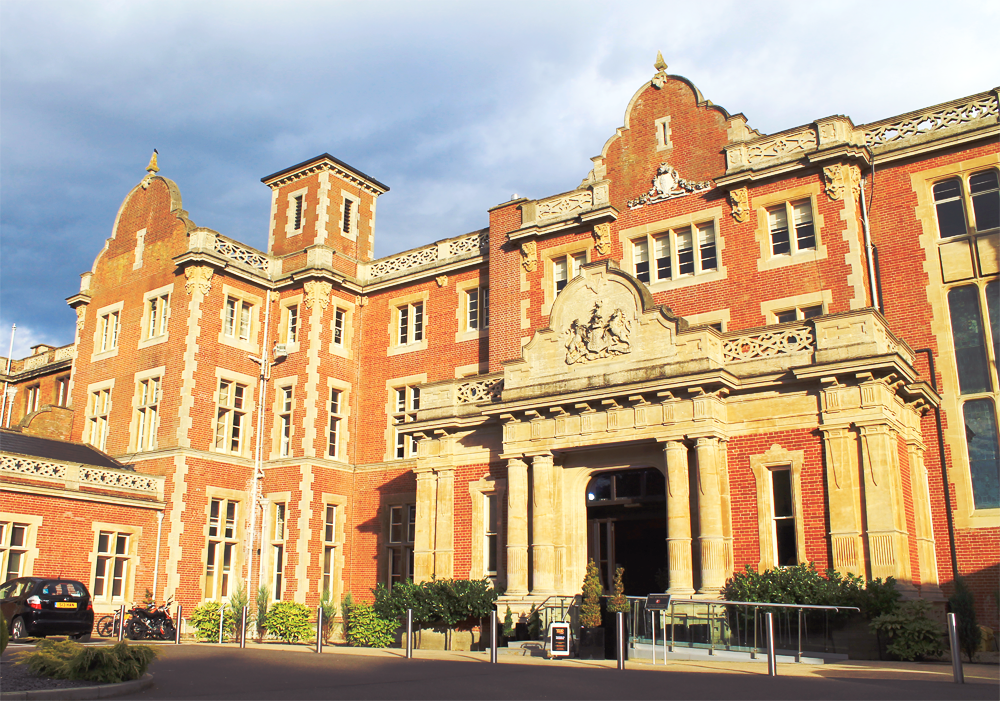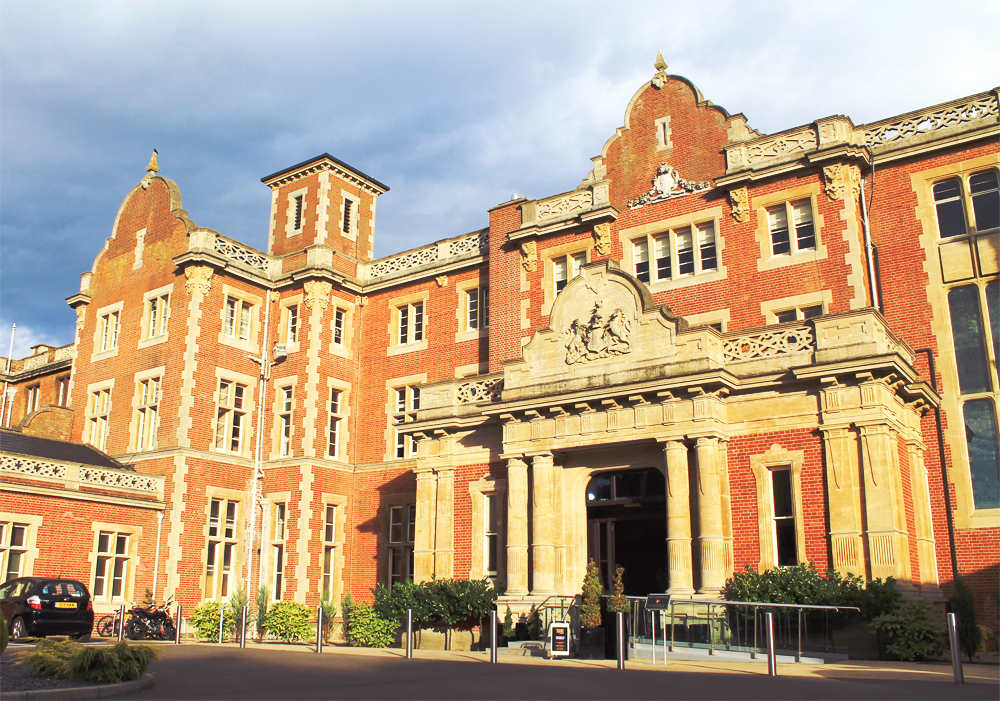From the ghosts of South Hill Park to the tragedies of the Old Manor, Bracknell is a town steeped in mystery and folklore.
Recently I was fortunate enough to come into possession of a wonderful little book titled “Berkshire Folk Tales”, the collaborative work of historian Tina Bilbé and self-proclaimed shaman David England. This brief anthology recounts over 27 chapters many anecdotes, mysteries and ghost tales woven into the rich tapestry of Berkshire’s history.
History boffs and folklore fans in Berkshire may recognise stories such as The Pleasant History of Thomas of Reading and The Witches of Windsor; but there is one story that is of a particular interest to the residents of Bracknell Forest. King James and the Tinker is the heartwarming (yet rather absurd) tale of King James I and his unlikely best friend. Set around Swinley Forest and Braywoodside, it is a reminder of Bracknell’s, and in particular Easthampstead Park’s place in the royal history of England.

The tale has been passed down through many generations, and has appeared in many forms over the centuries. As with any piece of folklore, it is difficult to pinpoint the precise origin of the story, and only one written account has weathered the sands of time. This is in the form of a poem entitled “King James and the Tinker meet at Braysidewood in Windsor Forest”.
Composed of 15 verses and written in iambic hendecameter, its style is a mix of bonnie Scottish whimsies and popular medieval devices. Click here to read the transcription by David Nash Ford.
The surviving work is one of a refined wordsmith. But as tragedy would have it, neither the date nor the name of the original author managed to survive along with the manuscript. The only extant copies of the text are found in later republications, many of which are anthologies. The earliest dated edition we know of dates from 1745, more than a century after King James’ dynasty in England. Its scarcity betrays the popularity of the tale of King James and the Tinker – so popular was it that fragments of the same poem have been found as far away as North America.
But what of the story? Well, I should begin by saying that a summary doesn’t really do justice to the tale (and I encourage you to check out Berkshire Folk Tales for a much more entertaining interpretation), but nonetheless, I’ll have a go.
The tale begins with a bored King James I, who has grown rather aggravated with the English mollycoddling of his majesty – not to mention homesick for his native Scotland. On the morning of his usual hunt, and once more surrounded with a patronising entourage of huntsmen, King James sets out from his home in Easthampstead Park to hunt stag in Windsor Great Park. But the tricky Scotsman dodges away from his troop, and instead heads north through the Great Park, eventually arriving at the doors of an Inn; the Royal Black Bridge.
Inside, James finds an old tinker clutching a flagon tightly to his chest. “Honest fellow,” asks James. “What hast thou in thy jug, which under thy arm thou so blithely doth hug?” Replies the tinker, “’Tis nappy brown ale.”
Won over by the tinker’s appreciation of good grog – not to mention his use of highland turn o’ phrase – James orders another flagon for his new mate. The pair sit and gossip, when suddenly the conversation turns to King James himself. Of course the Tinker does not recognise the King sat across the table from him as, in his own words, “though I have travelled the land many ways, I ne’er saw the King, sir, in all my whole days.” So when the subject turns to what he’d like most in the world, to see the King with his own eyes is top of his list of priorities.
Well, well, says James, eager to entertain his new fellow. Let’s get out of here, he says, “and thee I will bring into the Royal presence of James, our King.” The tinker is aghast – even if you could, he stutters, how will I know the king when I see him? Surely he’ll be surrounded by his lords, and I’d hate to bow to the wrong person!
Not a problem, says James. You’ll know the king when you see him because “the King will be covered” over the head. “The Nobles be bare” however; they won’t be wearing hats.
So the pair polish off their ales, hop aboard James’ horse and canter away in the direction of Easthampstead Park. James proceeds to lead his steed into a glade where his lords have indeed been waiting for his return. But wait, says the tinker. None of these men are wearing hats. The king amongst them is not covered up! Nervously he asks his new friend “Since they are all clothed so gallant and gay, now which is the King, Sir, come tell me I pray.”
To which James replies: “By my soul, man, I think it must be you or I – the rest are uncovered, you see all around.” The penny drops o’er the tinker’s head, and as it does he falls to his knees before his once friend, now majesty, begging for forgiveness. But benevolent James replies nonsense! On your feet, my good gent, and tell me your name. You are a good man, and you have my friendship.
John is the tinkers name, so he says, and so without a beat missed James responds “Then rise up, Sir John, I will honour thee here, and make thee a Knight of five hundred a year.” By which he means to pay the tinker a salary, bringing his services to the king’s household, as the now Royal Tinker.
So there you have it – the tale of King James and the Tinker. Keep an eye out for more myths, legends and folklore to come on Bracknell Blogger, and in the mean time tell me – do you know any good pieces of Bracknell folklore yourself? Thanks for reading.
